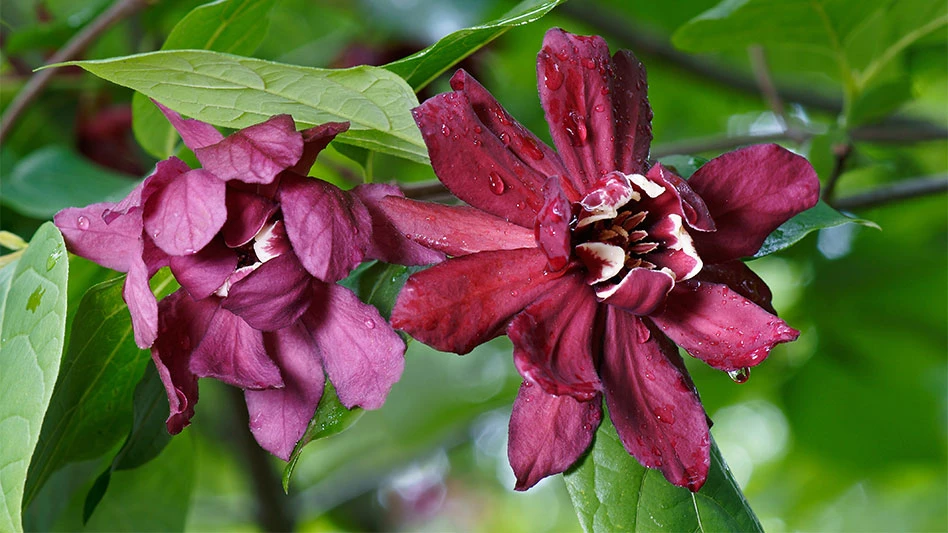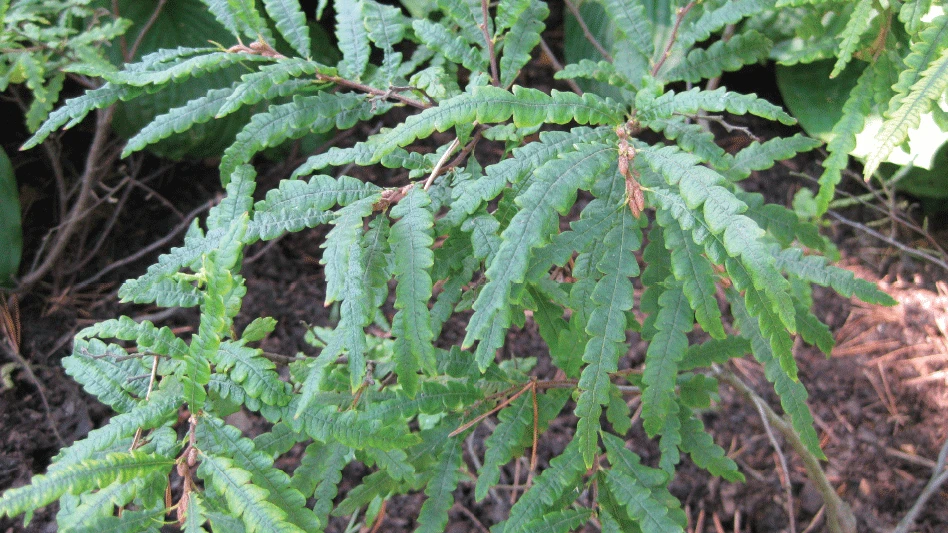Pathogen: Pythium spp. (P. aphanidermatum, P. debaryanum, P. ultimum etc.)
Hosts Include: Berberis, Calendula, Chrysanthemum, Delphinium, Dianthus, Gaillardia, Gypsophila, Lathyrus, Lavandula, Lilium, Lupinus, Pelargonium, Phlox, Salvia, Sempervivum and Viola.
Symptoms: Wilting, stunting, uneven plant growth, crown rot, plant death. Roots are discolored, the cortex may slough off, leaving the vascular cylinder.
Spread: Pythium spp. are soil-borne pathogens, movement of infested soil or plant material can spread disease. This pathogen produces several different types of spores, each with a slightly different function. Sporangia can either germinate and infect plants directly or produce many zoospores. Sporangia may be produced on both above and below ground plant parts. Zoospores are motile spores, which allow the fungus to spread in saturated soils or standing water, each zoospore can cause a new infection. Oospores are thick walled spores, which allow the fungus to survive on equipment or in soils for long periods of time. Disease can be quickly spread through irrigation water that is recirculated.

Management: Roots of incoming plant material should be checked for root rot symptoms. Use media with good drainage and avoid overwatering; do not use field soil in growing media for particularly susceptible crops. Maintain good sanitation practices with equipment and keep hose ends off the ground. Pythium spp. can develop resistance to mefenoxam, the active ingredient in several fungicides commonly used for Pythium spp. control. If Pythium spp. problems persist, diagnostic testing should be done to assess the sensitivity of the pathogen to mefenoxam.
Source and photos: Michigan State University
Get curated news on YOUR industry.
Enter your email to receive our newsletters.
Explore the January 2013 Issue
Check out more from this issue and find your next story to read.
Latest from Nursery Management
- How impending tariffs and USDA layoffs impact the horticulture industry
- Shifting the urban environment
- These companies are utilizing plastic alternatives to reduce horticultural waste
- How to create a sustainable plant nursery
- Lamiastrum galeobdolon ‘Herman’s Pride’
- One of rarest plants on earth: Tahina spectabilis
- Leading Women of Horticulture: Angela Labrum, Bailey Nurseries
- Get to know Pat Reilly with NewGen Boxwood and the American Boxwood Society







